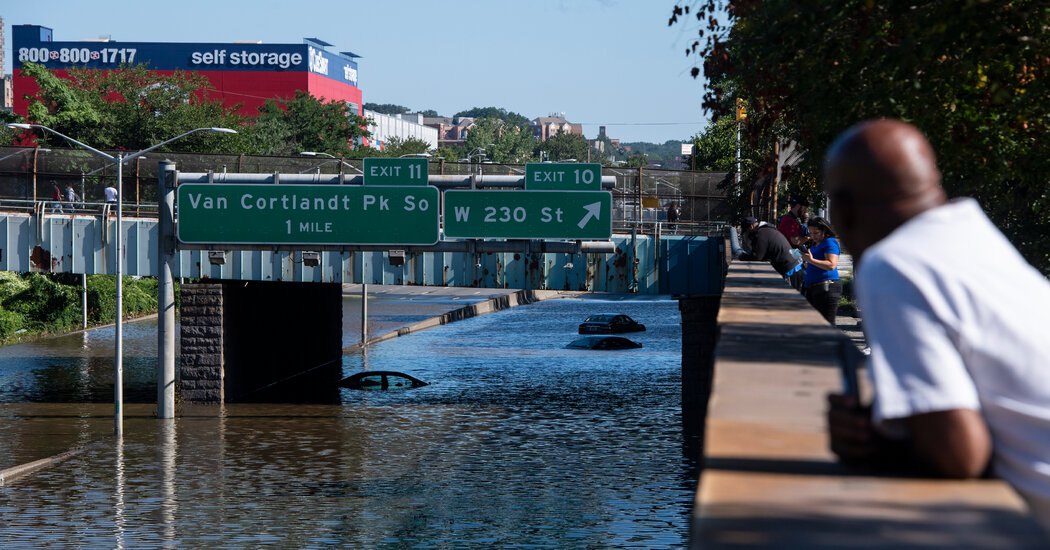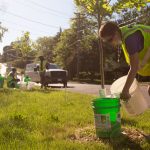
By Wednesday evening, the warnings had grown more dire. New Yorkers were warned of tornadoes and urged to move to higher ground. Calls to the city’s 911 emergency system and 311 helpline began to surge around 8 p.m., according to city officials.
For all that, the intensity of the rains surprised forecasters.
Arthur DeGaetano, director of the Northeast Regional Climate Center at Cornell University, said the flash floods of Wednesday night resulted from not one storm but several small storms whose interactions with each other were hard to foresee. In the end, those storms ended up running over New York City, one after another.
“It was just like New York City was on the train tracks, and the storms were a train going down those tracks and they persisted for hours,” he said. “I would say that the forecast for this storm, or the remnants of this storm, of heavy rain over the city a day in advance were actually pretty darn good. I don’t think anybody at that point in time could have imagined six inches of rain in a six-hour period, essentially.”
Indeed, on Aug. 21, Central Park saw rainfall of 1.94 inches in an hour, a byproduct of Hurricane Henri, and the most rain-per-hour in record keeping history. On Wednesday night, 3.15 inches fell in one hour, eclipsing that record.
Although no one could foresee the fierceness of two weather events 10 days apart, city officials in May released a citywide analysis of flooding caused by rainfall.
The report sought to grapple with predictions that the city would experience an increase in “extreme rainfall events” over the course of this century, including a possible 25 percent increase in annual rainfall and a substantial increase in the number of days with more than an inch of rain.
Part of that plan included a commitment by the city to update its flash flood response procedures. Among other things, it said that by 2023, the city should “predraft messaging regarding potential dangers for residents living in basement dwellings to be used for outreach and notification in advance of forecasted extreme rain events.”

Average Rating